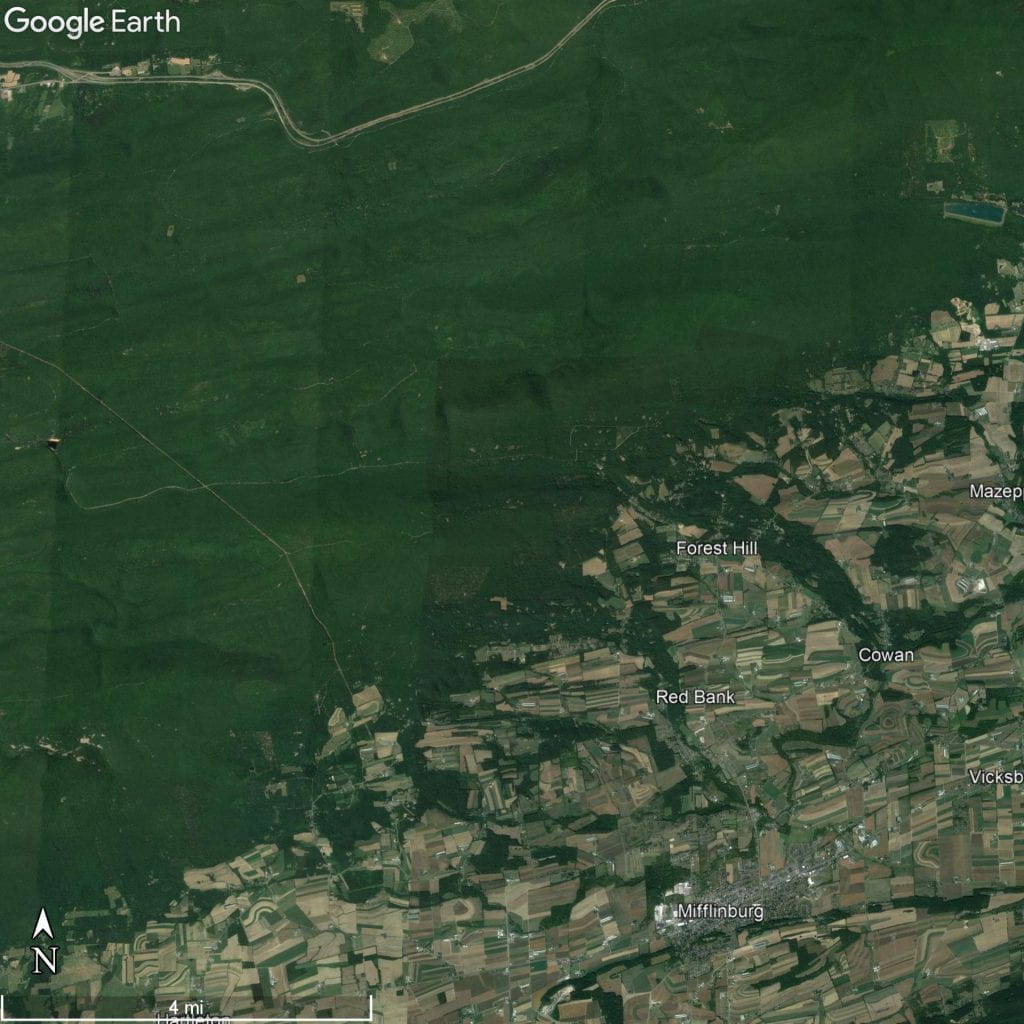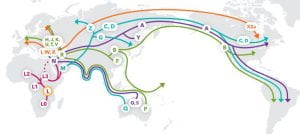Gerrymandering is the act of drawing voting districts for unfair political gain. Gerrymandering marginalizes voters by packing them into a few districts or spreading them out so that their votes are diluted. Gerrymandering happens when a state goes through the redistricting process and draws new congressional boundaries.
Some key methods of gerrymandering are detailed below:
- Cracking: splits a specific party or community’s population among several districts to reduce their presence and impact
- Packing: packs voters of one party or community into as few districts as possible to take their influence away from larger districts
- Prison-based: counts prisoners (who legally cannot vote) as part of the total population where the prison is located, giving districts with prisons more voting power
- Incumbent: designed by both parties to maintain the status quo despite what voters may want
The 2011 gerrymandered congressional districts were eventually determined unconstitutional by the PA Supreme Court in January 2018. Redistricting happens every 10 years after each census, meaning that the congressional districts have now been altered to reflect the most recent 2020 census. An interactive county-by-county view of these district maps can be found on Fair Districts PA. The final congressional Map for the 2022 Election can be seen below:

Congressional District Map (Pennsylvania DOS Voting & Election Information) Source
Despite the corrected gerrymandered districts from 2011, reducing and preventing gerrymandering is an ongoing fight that is still needed in PA. Fair Districts PA has several campaigns they are still advocating for creating fair voting in PA, as well as resources to learn more about the topic and why it is so important.
The state of Pennsylvania has had a controversial history with political gerrymandering. One of the most infamous congressional district maps in the Keystone state was that of 2011s. According to the Public Interest Law Center, PA’s 2011 redistricting map was “one of the top three starkest partisan gerrymanders in the country and the worst in Pennsylvania’s history”. Litigation was filed in 2017 that claimed the redistricting was unconstitutionally gerrymandered, followed by the Pennsylvania Supreme Court forcing a new redistricting map. A summary of the redistricting controversy can be found here.
People have come up with several ways to combat gerrymandering and systems of dividing up districts that minimize bias, but like with most things, how we draw voting districts and what they mean is a complex and nuanced issue. You would imagine that a simple grid would be effective, but a grid ignores the fact that people are not evenly distributed across land, and that a grid can have its own biases. With this in mind, you can do a lot by going to the polls and voting for representatives who support voting reform, and join organizations that advocate for better, fairer voting regulations.
Daves Redistricting is an informative interactive website that shows you all 50 states districts and evaluates them based on the redistricting criteria. It also then allows you to create your own districts for every state and upload them to the site. In one of my courses, we had an entire class period devoted to redrawing the Alabama lines to see if we can create a fairer map.
Sources
Ingraham, C. (2015, March 1). This is the best explanation of gerrymandering you will ever see. The Washington Post. https://www.washingtonpost.com/news/wonk/wp/2015/03/01/this-is-the-best-explanation-of-gerrymandering-you-will-ever-see/
Prokop, A. (2021, September 20). The redistricting wars. Vox. https://www.vox.com/22632427/redistricting-gerrymandering-house-republicans
Scolforo, M., & Levy, M. (2018, February 22). GOP leaders request hold on Pennsylvania congressional map. AP NEWS. https://apnews.com/article/19775047dfc74fd4be82facd8042a211
Washington Post Editorial Board. (2022, February 1). Opinion | This is gerrymandering at its worst. It doesn’t have to be this way. Washington Post. https://www.washingtonpost.com/opinions/interactive/2022/gerrymandering-examples-north-carolina-illinois-alabama-texas-how-to-fix/
Additional Resources:
About Congressional Districts (census.gov)
The House Explained | house.gov
The Problem | Fair Districts PA
Young Adult Voter Turnout: Website has scale and interactive map features.
How to vote in PA?
- First Step is registration which can be done in 4 ways: online, by mail, in person at your county voter registration office, at PennDOT and some other government agencies.
- Then you need to locate your polling place. This can be done at this website for Pennsylvania.
- If you are a first-time voter, you need to produce a valid ID to be allowed to vote.
- Finally, you need to show up on election day and cast your vote.
This post was compiled by Maps and Geospatial Assistants of the Donald W. Hamer Center for Maps and Geospatial Information.














